
The Ultimate Guide to Knitting a Gauge Swatch
If you've been knitting for even a little while, chances are you've heard the phrase "knit a gauge swatch." For some, the very mention of swatching may conjure up feelings of impatience or a desire to skip ahead to the fun part—the actual knitting! But trust me, swatching in knitting is your best friend when it comes to creating the perfectly sized, beautifully finished project you're dreaming of. In this post, I’m going to show you why a knitting a gauge swatch is so crucial, how to do it correctly, and what problems it can help you avoid.
By the end of this guide, you'll understand that taking the time to knit a gauge swatch is an investment in a frustration-free knitting journey.
What Is a Gauge Swatch in Knitting?
A gauge swatch is a small piece of knitted fabric, at least 4x4 inches (preferably larger), that you create to test your gauge—how many stitches and rows you knit per inch. Every pattern comes with a gauge measurement, typically listed as something like "20 stitches and 28 rows = 4 inches." This tells you how your knitting needs to look in terms of size and tension in order for your project to fit and drape correctly.
The purpose of a gauge swatch in knitting is to make sure your knitting matches the pattern designer’s gauge. Why? Because everyone's knitting style is different. One person may knit more loosely, while another knits more tightly. Even the same yarn and needles can yield different results in different hands. If your gauge doesn’t match the pattern, your final project could end up too large, too small, or just off in proportions. And that’s where problems begin.
Why Knit a Gauge Swatch?
Fit and Accuracy
Let’s say you’re knitting a sweater. The pattern gives you the size, but those numbers are based on the pattern's gauge. If your gauge is off by even a little, you could end up with a sweater that fits like a tent, or worse, one that barely fits over your head. The gauge swatch prevents this by making sure your stitches match the intended size and fit.

Knitting Yarn Behavior
Different yarns behave in different ways, even if they’re labeled the same weight. The fiber content (wool, alpaca, cotton, etc.), the ply, and even the way it’s spun can affect how the yarn knits up. For example, alpaca tends to stretch more than wool, while cotton might knit up tighter. Knitting a swatch helps you get a feel for how the yarn will behave in your project.
Knitting Pattern Matching
When you follow a pattern, you probably expect your finished project to look similar to the photos, right? If you don’t knit a gauge swatch, your project could turn out drastically different in size, proportion, and even stitch definition. Knitting a gauge swatch gives you the chance to see how the yarn and pattern work together before committing to the whole project.
Preventing Disappointment
Imagine spending hours, days, or even weeks on a knitting project, only to find that it doesn’t fit, or it doesn’t drape like you wanted, or you simply don’t like how it looks. It’s heartbreaking! Skipping the step of knitting a swatch is a gamble, and you risk wasting time, money, and energy. By knitting a gauge swatch, you get a preview of how the yarn and pattern will come together, giving you a chance to tweak things before you go all in.
When and Where to Knit a Gauge Swatch
Before Starting a Big Project
Always knit a gauge swatch before knitting a project that requires accurate sizing, like sweaters, cardigans, or hats. These are items where the fit matters, and even a small difference in gauge can make or break the final result.
Yarn Substitution
If you’re substituting a different knitting yarn than what’s recommended in the pattern, knitting a swatch is an absolute must. As we already mentioned, different yarns - even if they’re labeled the same weight - can knit up differently. Swatching your knitting project ensures that the new yarn will behave as expected.
Testing New Stitches or Colorwork
If you’re trying out a new stitch pattern, cable design, or colorwork, knitting a swatch lets you test out the look and feel before committing to the whole knitting project. This way, you can adjust your technique if needed or see how the colors play together.
Always Knit a Gauge Swatch
For many knitters, swatching becomes second nature. It’s a best practice, even if you’re knitting a scarf or something where size isn’t critical. Swatching helps you avoid frustration and disappointment, no matter the project.
How to Knit a Gauge Swatch: Step-by-Step
1. Choose the Right Knitting Needles and Yarn
Start by using the yarn and needles recommended by the pattern. If you’re substituting a different yarn or using your favorite size needles, that’s fine—but that makes swatching in knitting even more necessary! The swatch will tell you if you need to make any adjustments such as using a larger or smaller needle. A rule of thumb is to not go up or down more than one or two needle sizes or you'll risk the fabric not draping nicely.
2. Cast on More Stitches Than Required
Most knitting patterns give you a gauge measurement for a 4x4 inch square. When casting on for your swatch, cast on a few extra stitches (e.g., if the gauge is 20 stitches per 4 inches, cast on 26-30 stitches, or even more). This gives you a "cushion" to avoid any distortion along the edges, which can affect your measurement.
3. Knit Your Swatch Larger Than 4x4 Inches
A follow up to emphasize #2: it’s tempting to skimp here, but resist the urge! Knit a 6x6 inch square for instance. A larger swatch will give you a more accurate reading of your gauge as the edges can be distorted. Measure in the middle!
4. Block the Gauge Swatch
Blocking is a crucial step that many knitters skip. Blocking involves wetting your swatch and laying it flat to dry, which lets the fibers relax and settle into their final shape. Your project will likely be blocked once it’s finished, so you want your swatch to reflect the true dimensions of the fabric after blocking.
Pro knitting tip: Another way to "block" your swatch is to use a portable clothes steamer and run it over the swatch a few inches above, this will relax the fibers and once it dries demonstrate more accurately what the measurement will be on your finished garment.

5. Measure Your Stitches and Rows
Once the swatch is dry, use a ruler (not a soft measuring tape) or gauge tool to count the number of stitches and rows in a 4x4 inch square. Be precise here—every stitch counts! If your gauge matches the pattern, great! If not, you’ll need to make adjustments, which we’ll cover next.
We love the EZPZ Gauge ruler with its magnification and clear markings.
Common Issues When Knitting a Gauge Swatch and How to Fix Them
Too Many Stitches/Rows
If your swatch has more stitches or rows per inch than the pattern’s gauge, your knitting is tighter than the designer’s. Solution? Try going up a needle size. A larger knitting needle will produce looser stitches, bringing your gauge closer to the pattern.
Too Few Stitches/Rows
If you have fewer stitches or rows per inch, your knitting is looser. In this case, try going down a needle size. A smaller knitting needle will create tighter stitches and help match the gauge.
Once again, we suggest going up or down only one or two needle sizes to keep the integrity of the fabric. However if you feel your knitting requires using a size difference more than that, use the fabric as a guide - if the fabric looks full of holes (needles too large) or is stiff and crunchy (needles too small) consider using different fiber for your project.
Uneven Tension
If your swatch has an uneven tension, meaning the stitches vary in size or shape, it could be due to a variety of factors: stress, unfamiliarity with the yarn, or even a new technique. Practice knitting a few more rows or trying different needle materials (metal vs. wood) to see if it helps even things out.
This is another reason to knit a large gauge swatch, you'll have more space to get into the rhythm of the stitch pattern and know what it will be when you begin knitting on the project.
Tools You Need for Accurately Knitting a Gauge Swatch
To get the most accurate gauge reading, you’ll want to have a few tools on hand:
- Measuring: A wooden ruler (as opposed to a soft "tape") for measuring both width and length.
- Gauge Ruler/Tool: These tools are designed specifically to help you count stitches and rows.
- Blocking Mats and Pins: Essential for blocking your swatch before measuring.
- Knitting Needle Size Options: Having a variety of needle sizes on hand is useful for adjusting gauge when necessary.
Real-Life Gauge Swatching Scenarios
Story 1: Swatching Saved My Sweater
A knitter recently shared with me how swatching saved her from disaster. She’d fallen in love with a particular pattern, but the yarn she wanted to use was slightly different from the recommended one. After swatching, she discovered her gauge was way off, even though the yarn was the same weight. Thanks to the swatch, she adjusted her needle size and ended up with a sweater that fit perfectly!
Story 2: The Frustration of Skipping the Swatch
On the flip side, there’s the story of the knitter who skipped the swatch for a hat project. She assumed it was a quick, easy knit and didn’t think it was worth the time. In the end, the hat turned out far too large, and she had to "frog" (unravel - as in 'ribbit-ribbit,' 'rip-it rip-it') the entire thing. Lesson learned: swatching could have saved her hours of frustration.
Story 3: Substituting Yarn and Swatching to the Rescue
Another knitter decided to substitute a different yarn in a pattern for a blanket. The colors were stunning, but after knitting a few inches, she realized the fabric was much too stiff. A quick swatch with a different needle size and blocking solved the problem, and the blanket turned out beautifully soft with a lovely drape and feel.
Tips for Efficient Gauge Swatching
Multi-Purpose Swatches
You can use your knitting swatch not just for gauge but to test other aspects of your project, like stitch patterns, color combinations, or even texture. It’s a great way to experiment without committing to the entire knitting project.
Speeding Up the Process
If you want to speed things up, knit your gauge swatch using a stitch pattern that works with the rest of your knitting project. You’re testing gauge *and* getting familiar with the stitches.
What to Do With Your Swatch
Once you’ve measured your gauge, you can choose to keep the swatch or unravel it and reuse the yarn. Some knitters like to keep swatches as a reference for future projects, while others prefer to reclaim the yarn for the project itself.
If you know you'll need that knitting yarn to complete your project, don't cut it after knitting a gauge swatch. Keep it attached and then unravel before casting on.
Make Knitting a Swatch Part of Your Knitting Practice
Knitting a gauge swatch is a simple but essential step to ensuring your knitting project turns out just as beautifully as you imagined. It eliminates the guesswork, prevents disappointment, and saves you time and effort in the long run. So, whether you’re knitting a cozy sweater or a delicate lace shawl, remember: swatching is the first step to success!
Ready to put this into practice? Grab your knitting yarn, needles, and pattern, and start swatching! We’d love to hear about your experiences, so feel free to share your stories in the comments below or join our community on Facebook where you can knit along with others and share tips. Happy swatching!


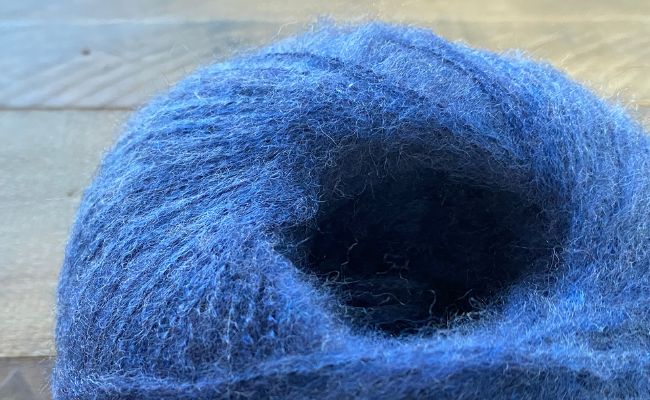
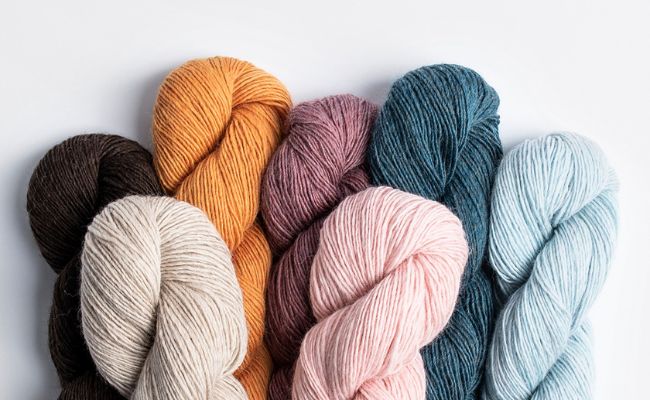


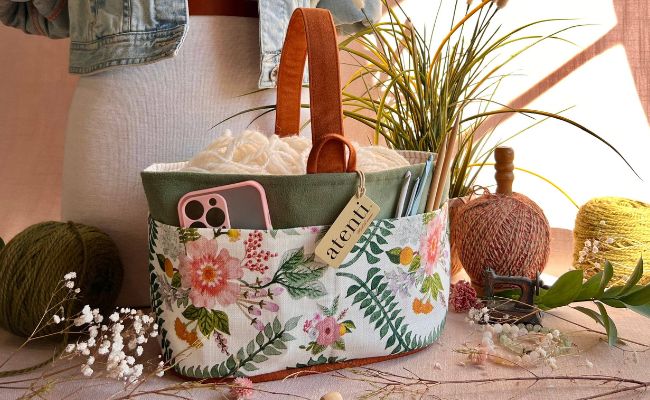

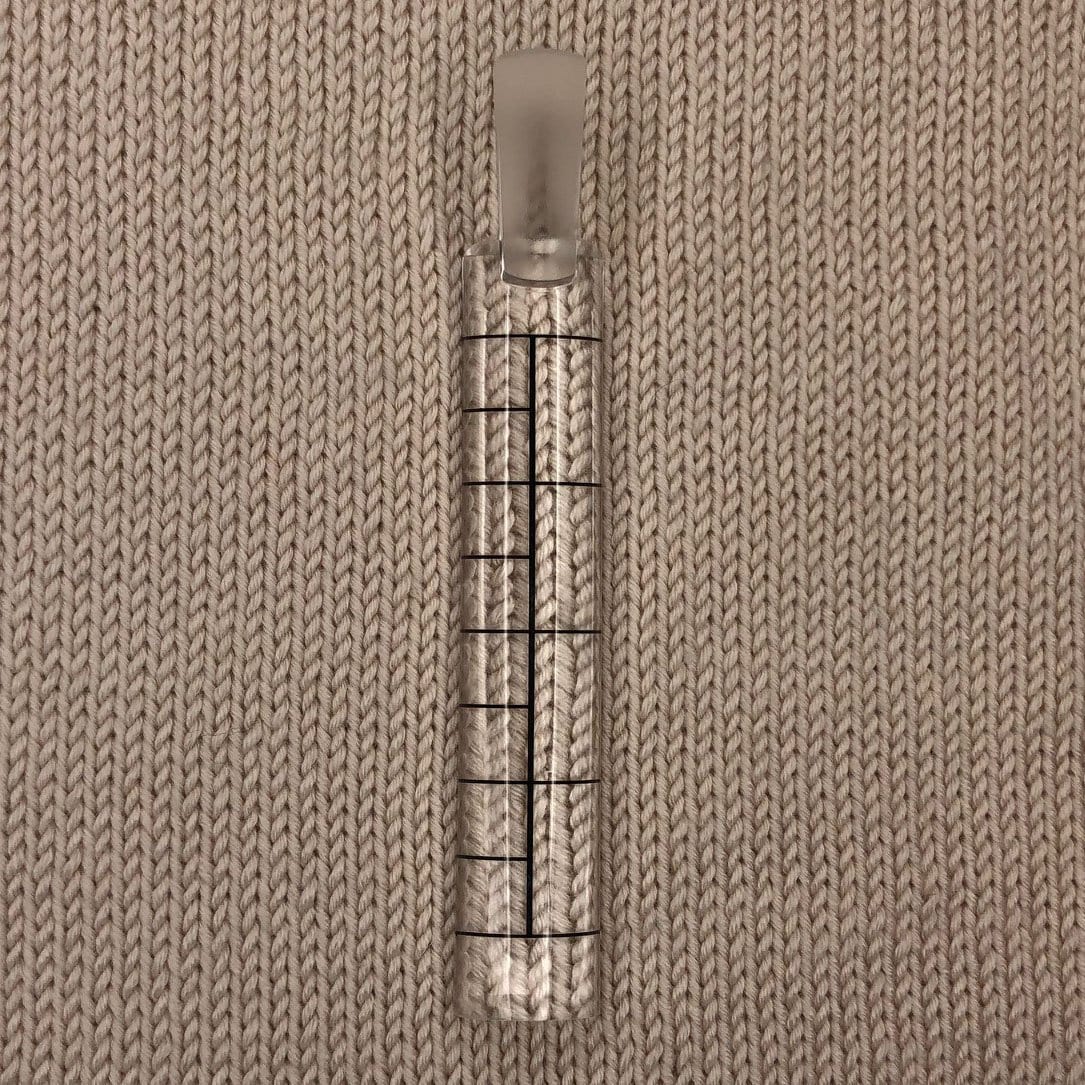




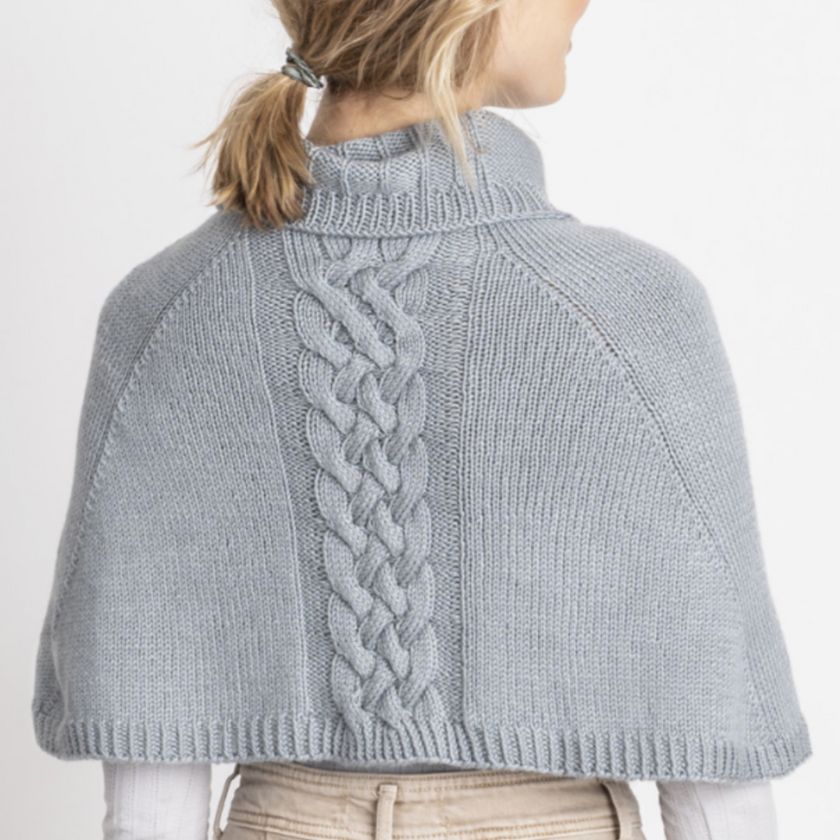


Leave a comment
This site is protected by hCaptcha and the hCaptcha Privacy Policy and Terms of Service apply.